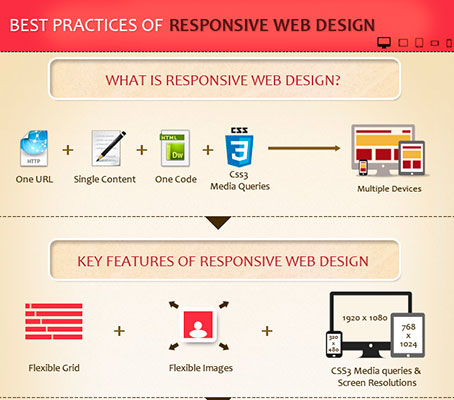The Advancement Of Web Design: Then And Now
The Advancement Of Web Design: Then And Now
Blog Article
Short Article By-Kahn Hyldgaard
In the past, internet sites were simple and focused on info. Navigating was direct, and design was for desktop computers. Currently, visit the next page is crucial. Information guides designs for easy navigation. Responsive designs match various gadgets. Today, dark mode lowers stress, and minimal menus improve navigating. Interactive features engage users, and vibrant visuals stand out. AI combination improves involvement. See how design has actually developed to enhance your online journey.
Early Days of Web Design
In the early days of website design, simpleness reigned supreme. Sites were fundamental, with limited colors, fonts, and formats. The focus got on offering info rather than fancy visuals. Individuals accessed the internet via sluggish dial-up connections, so speed and capability were crucial.
Navigation food selections were straightforward, normally located on top or side of the web page. Web sites were made for home computer, as mobile surfing wasn't yet prevalent. Web content was king, and designers prioritized very easy readability over complex layout components.
HTML was the main coding language utilized, and developers needed to function within its constraints. Animations and interactive features were marginal compared to today's criteria. Sites were static, with little dynamic web content or individualized user experiences.
Rise of User-Focused Style
With the development of website design, a shift in the direction of user-focused design principles has come to be increasingly noticeable. Today, creating internet sites that prioritize customer experience is critical for involving site visitors and attaining service objectives. User-focused design involves understanding the needs, preferences, and behaviors of your target market to tailor the web site's format, content, and includes appropriately.
Designers currently perform detailed study, such as individual surveys and use testing, to collect understandings and comments straight from customers. This data-driven method assists in producing intuitive navigating, clear calls-to-action, and aesthetically attractive user interfaces that resonate with site visitors. By positioning the customer at the center of the style process, internet sites can supply an extra tailored and enjoyable experience.
Responsive layout has actually additionally emerged as a crucial aspect of user-focused style, ensuring that websites are maximized for numerous gadgets and display sizes. This adaptability enhances access and usability, satisfying the varied methods customers connect with web sites today. In essence, the surge of user-focused design signifies a change in the direction of creating electronic experiences that focus on the needs and assumptions of completion user.
Modern Trends in Website Design
Discover the most recent patterns forming website design today. One popular trend is dark mode design, providing a smooth and modern look while minimizing eye pressure in low-light settings. An additional essential pattern is minimal navigation, streamlining food selections and enhancing individual experience by concentrating on essential elements. Including micro-interactions, such as computer animated switches or scrolling effects, can develop an extra interesting and interactive web site. Receptive layout remains important, making sure smooth user experiences throughout various devices. In addition, utilizing strong typography and unbalanced designs can add aesthetic passion and accentuate certain web content.
Integrating AI innovation, like chatbots for customer assistance or tailored referrals, enhances user interaction and enhances processes. Ease of access has also come to be a significant pattern, with developers prioritizing comprehensive layout techniques to accommodate varied individual needs. Accepting sustainability by enhancing internet site performance for rate and performance is another emerging trend in web design. Collaborating with individual feedback and information analytics to iterate and improve style constantly is necessary for staying relevant in the ever-evolving digital landscape. By embracing these modern fads, you can develop an aesthetically appealing, easy to use web site that resonates with your target market.
Final thought
As you review the development of web site design from the very early days to now, you can see exactly how user-focused design has ended up being the driving pressure behind modern-day fads.
Embrace the trip of change and adjustment in website design, always keeping the customer experience at the forefront.
Tippingpointdigital
Remain existing with the most up to date patterns and technologies, and never ever stop developing your method to develop visually stunning and easy to use sites.
https://www.htmlgoodies.com/seo/tips-for-seo-competitor-analysis/ , adapt, and create - the future of website design is in your hands.
